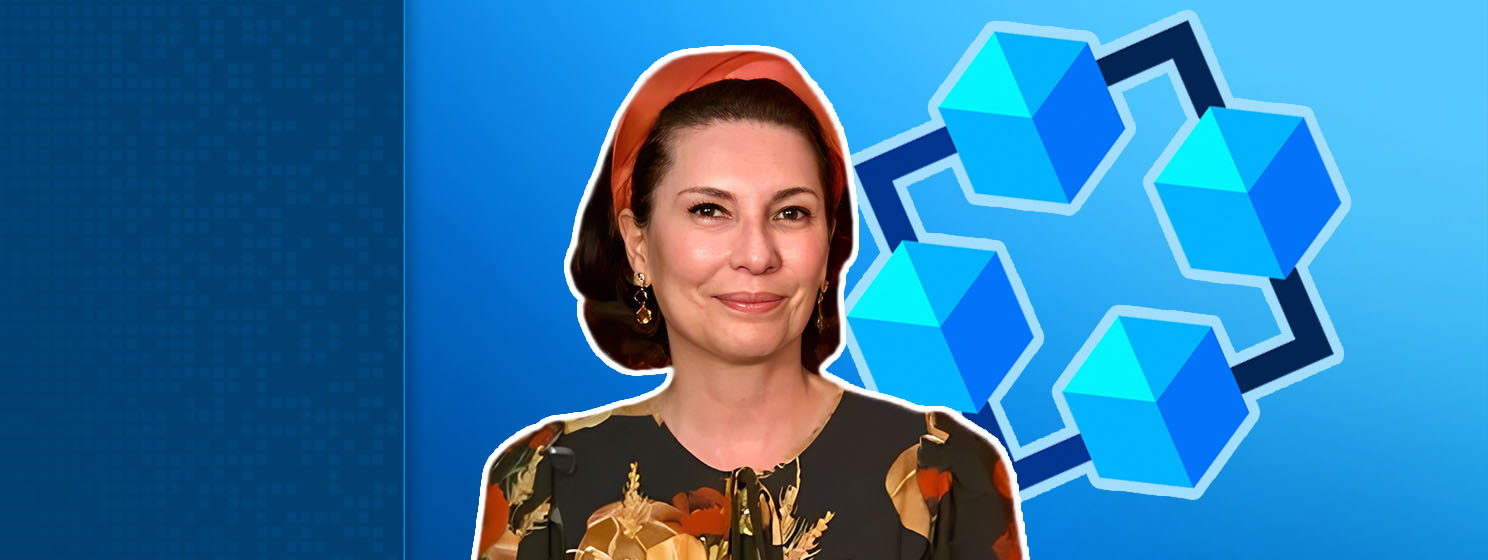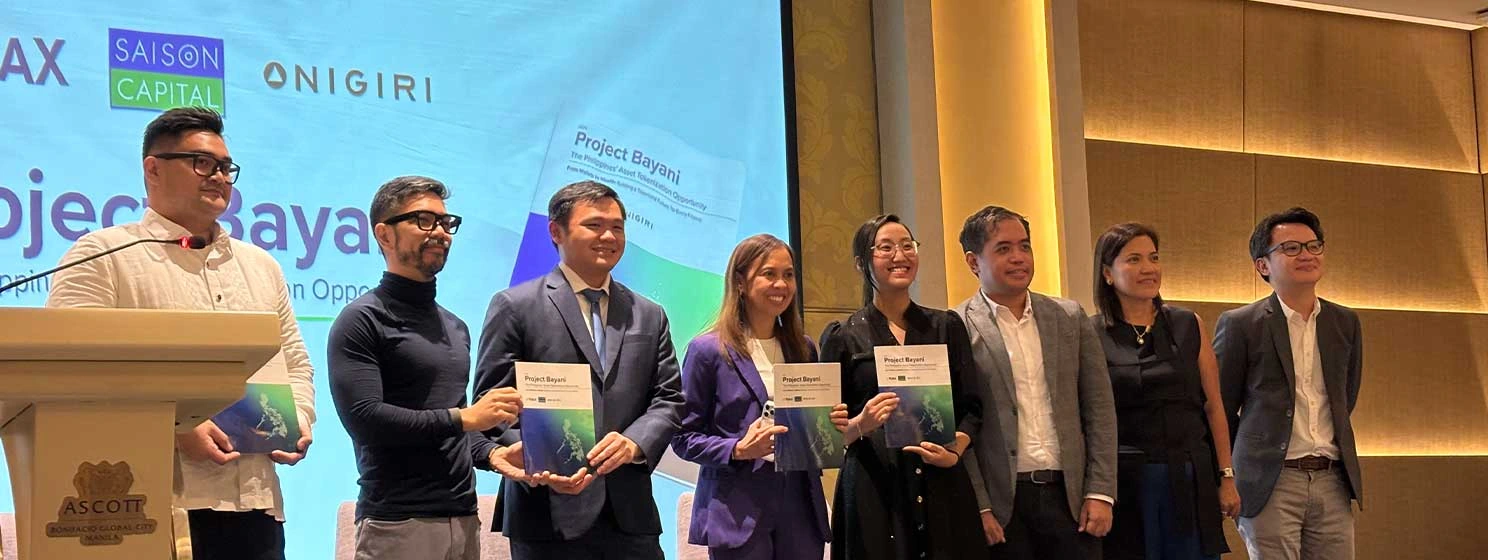|
Getting your Trinity Audio player ready...
|
Dr. Eva Porras is the Education Director at the BSV Association. As this week’s guest on the CoinGeek Weekly Livestream, she told Kurt Wuckert Jr. about her efforts to educate on blockchain utility and why we should aim for small, incremental adoption rather than hoping to land big projects first.
Wuckert’s latest article on the Bitcoin mining industry
Before welcoming Dr. Eva Porras, Wuckert talks a little about his latest article on CoinGeek: Bitcoin mining 2025: Is it still worth it? In this article, Wuckert explores how Bitcoin miner revenue is increasingly separate from the Bitcoin economy directly—things like carbon credits and arbitrage are helping them stay afloat. The article explores the opportunities, risks, and fundamental consequences of this setup. Check it out via the link above!
Who is Dr. Eva Porras?
Dr. Porras may be a familiar face to anyone who has been involved in BSV over the past few years. She’s a blockchain educator and advocate with a PhD in Finance for those who don’t know her.
Dr. Porras discovered Bitcoin while researching for a new edition of one of her books on the cost of capital. After reading the white paper and becoming fascinated with the technology, she focused on educating.
What message would Dr. Porras most like to get across? She wants people to realize that blockchain is a tool that can solve problems. However, she first needs a reasonable audience, and the first wave of adopters of any new technology rarely fits that description.
Communicating the value of scalable blockchain technology
Wuckert asks what two or three key things Dr. Porras considers essential to communicate. She notes that every business has problems and encourages people to focus on those and how blockchain apps can offer solutions.
For businesses, this should be about saving money, giving them a competitive edge, etc. Building on BSV or any other blockchain should be framed as an investment to businesspeople, but the approach should always be tailored to the audience. However, no matter who the audience is, be careful to avoid talking about speculation and never give financial advice, she says.
Bitcoin or blockchain?Which one does Dr. Porras like to talk about most? She says blockchain is the better option: it’s more generic, has a wider scope, and allows her to avoid all of the baggage that comes with the Bitcoin brand, focusing instead on the value of distributed ledgers.
Communicating utility effectively depends on who you’re talking to: the hammer isn’t the right tool for every job. Talking to a technologist will be very different from talking to a businessperson or someone just learning about the technology.
Commercial opportunities for blockchain technology
Dr. Porras believes that the focus should be squarely on adoption by getting tools and solutions into people’s hands that they can intuitively understand. We need to minimize the learning curve, build solutions quickly, and get them into people’s hands so they can use and understand them directly.
Wuckert says he has realized that trying to score government and enterprise contracts is the hard road with the longest sales cycle. Dr. Porras agrees, saying the focus should be on small, incremental steps. Landing a central bank digital currency (CBDC) or big stablecoin would be a dream, but there’s too much friction, too many people need to be involved, and it takes too long for now.
Right now, we need something concrete to showcase and get a foot in the door with low-friction, small-scale solutions before moving on to more complex ones, she says.
In closing, Dr. Porras emphasizes that blockchain is a tool that will impact the global economy and markets. We should all read, listen, learn, and be open-minded about the opportunities and challenges ahead.
To hear more about the Bitcoin mining model, CBDCs, teaching about blockchain, and more, listen to the episode here.
Watch | Rediscovering Blockchain: Here’s how you build trust at scale

 12-21-2025
12-21-2025 




